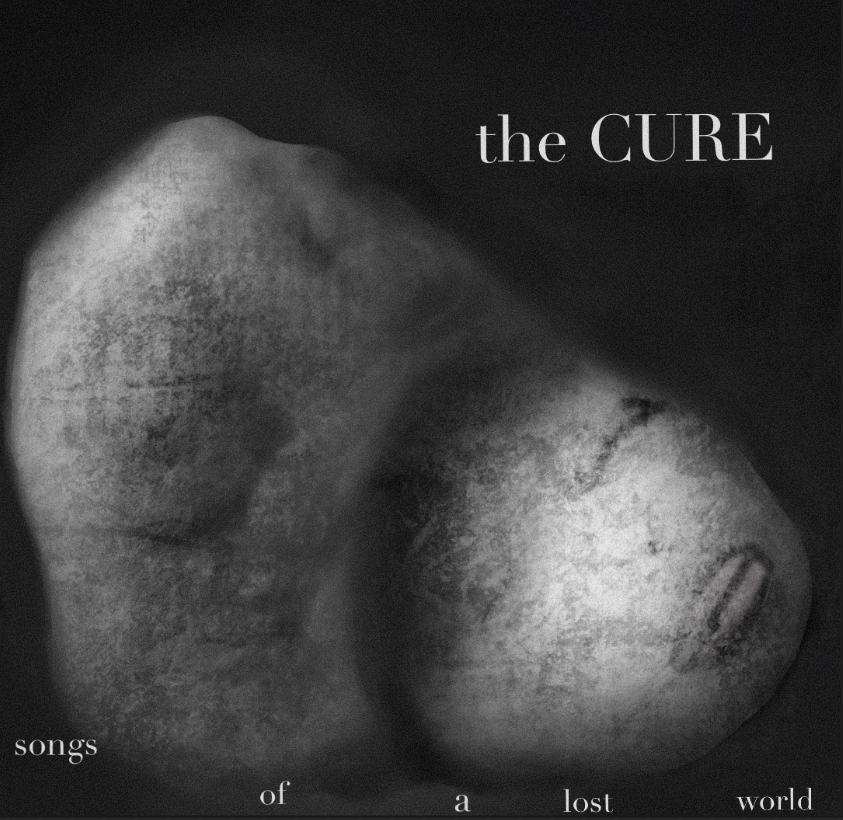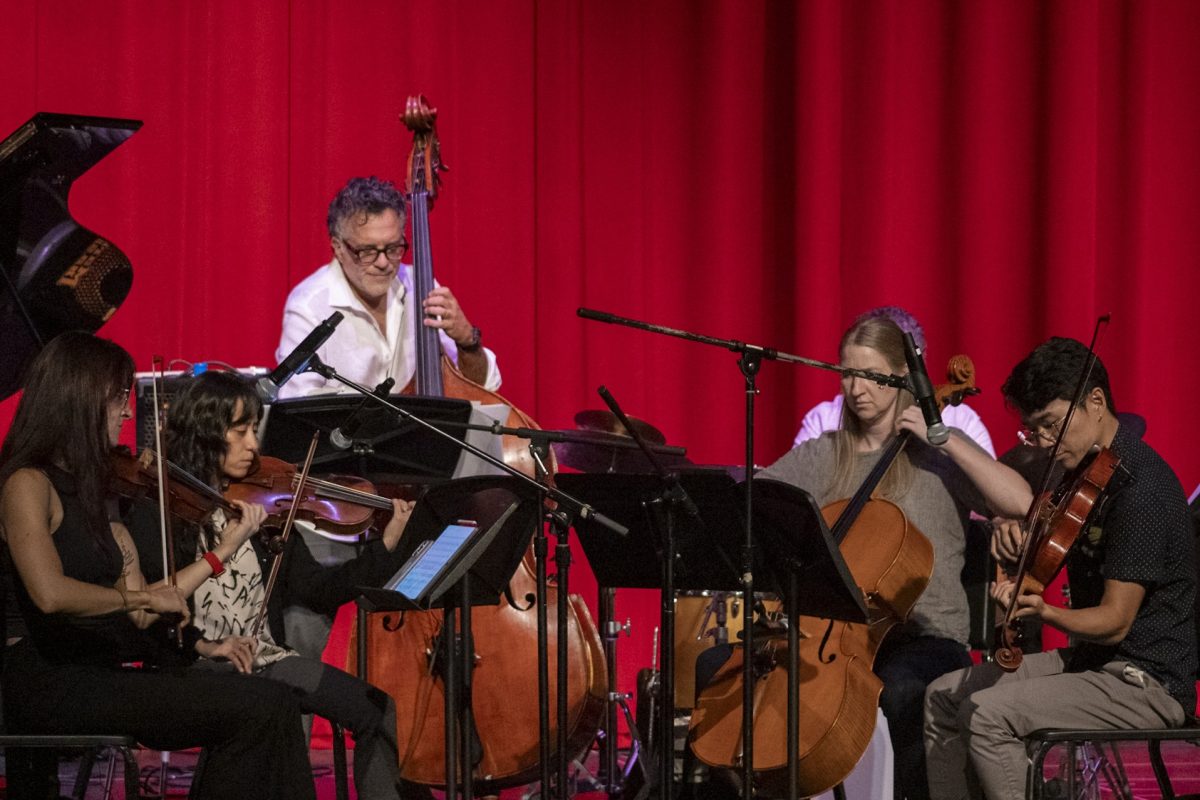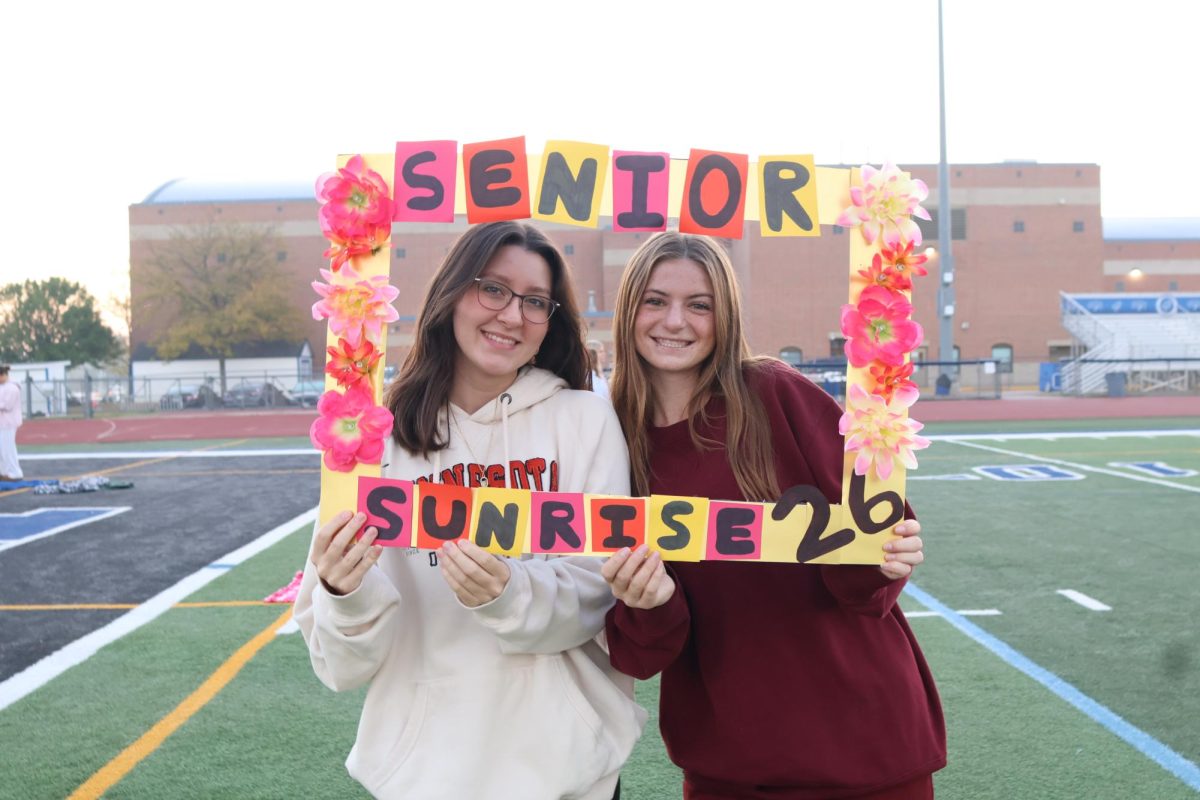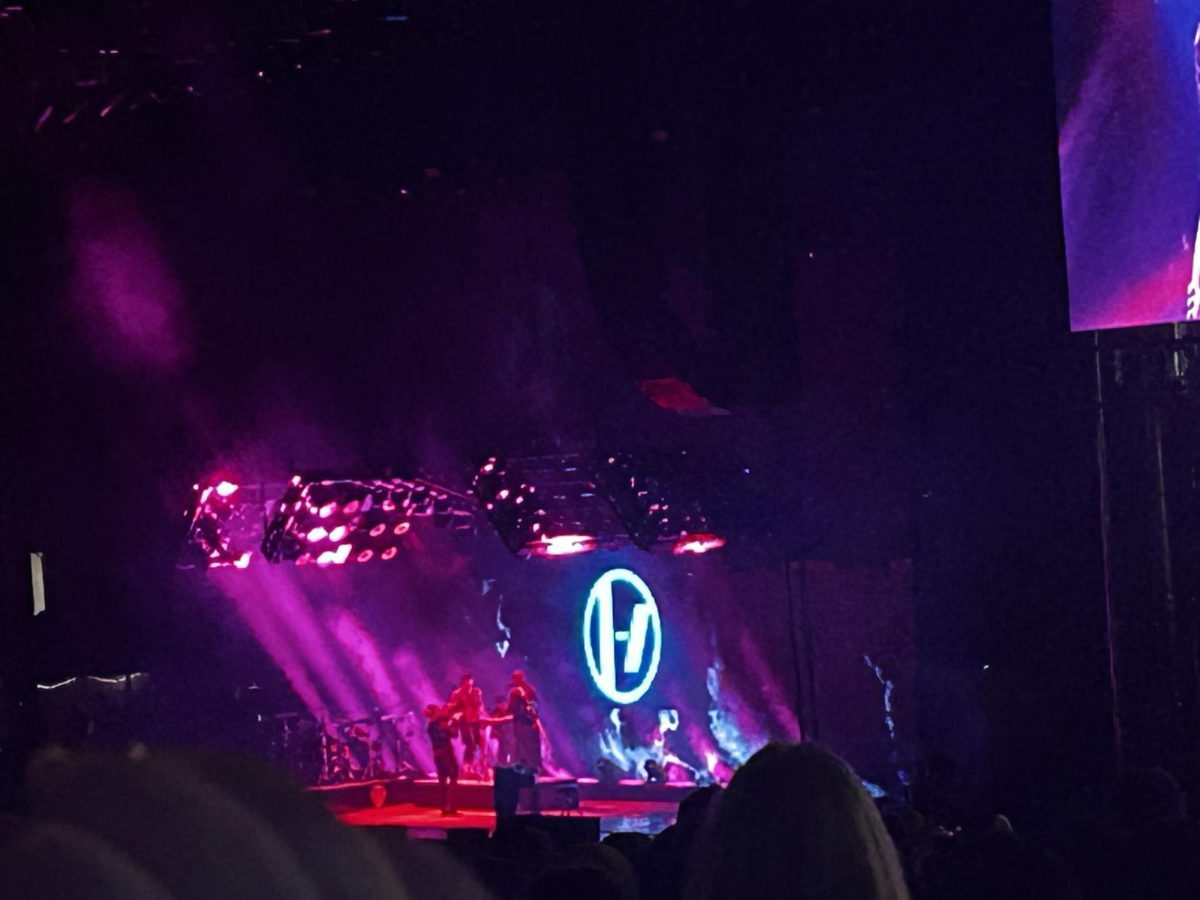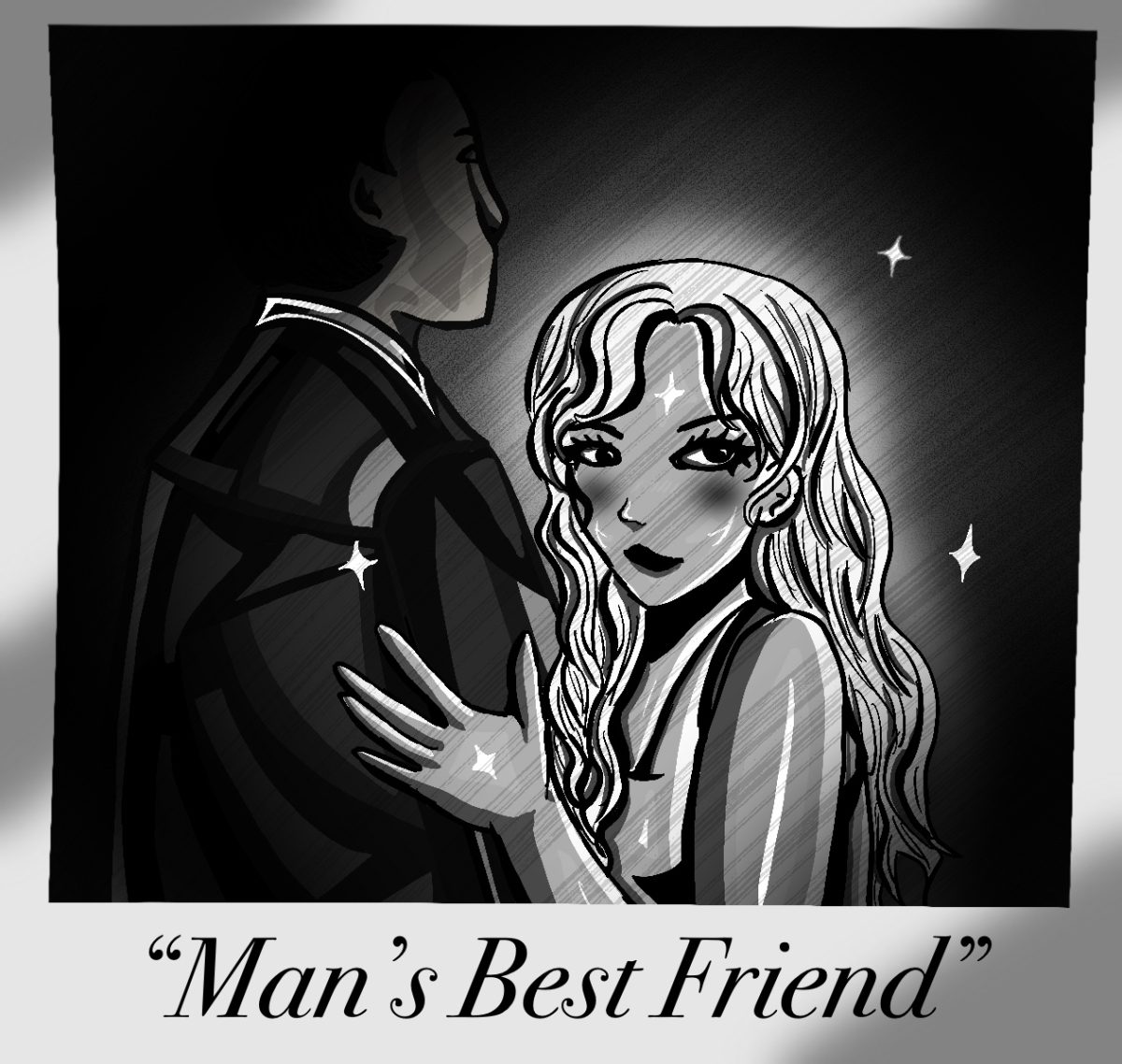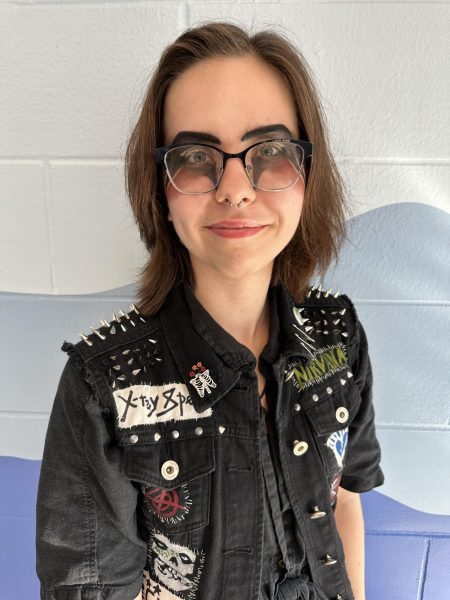Not often does the very essence of a song itself feel cold and desolate, but on “Songs of a Lost World” — The Cure’s newest studio album — that gloomy atmosphere is perfectly captured on numerous occasions.
The Cure remains most well known for their gothic ’80s sound that manages to also mix in pop-y, cheerful elements. Combined with Robert Smith’s notoriously lovesick lyrics, this post-punk band hugely influenced alternative music as we know it today — especially thanks to their hit album, “Disintegration.” However, Nov. 1 marked a major tonal shift for the band when they fully released “Songs of a Lost World” to the public.
“Alone,” “Warsong” and “Drone:Nodrone” encapsulate the unique but universally dark range possessed by “Songs of a Lost World.”
The first track on the album, “Alone,” immediately solidifies this melancholy mood that sticks around through all of the following songs. The slow, reflective notes of heavily distorted guitar on top of an orchestral-sounding layer creates a beautifully haunting feel, like something straight out of a dream. Smith sings, “This is the end of every song that we sing / The fire burned out to ash / And the stars grown dim with tears,” and he later follows up with, “Hopes and Dreams are gone.” He shares how the passage of time causes a certain bleakness both around and within us. Unfortunately, everything must end, and the world leaves us watching.
“Warsong” holds a similar sentiment; nevertheless, this track instead focuses more on how we are doomed to such a fate rather than how that fate feels after coming to fruition. Opening with dense organ chords, high-pitched plucking and drums crashing in the background, “Warsong” engulfs us in a brewing storm and transports us into a flashback of sorts. By the end of the song, Smith repeatedly sings, “We are born to war.” This simple yet poignant lyric effectively summarizes how everyone is predestined for conflict, but when our violent natures retaliate, suffering results. Our regrets stem from our own negative reactions to strife.
On the other hand, the song most reminiscent of their usual, catchy style of music is definitely “Drone:Nodrone.” While still carrying an underlying ominousness, the bouncy lyrical rhythm and drumming comes together to compose an authentic ’80s vibe — synth and all. The stylistic contrast “Drone:Nodrone” shows compared to the rest of “Songs of a Lost World” cleverly elevates the message of losing our identities in times of turmoil. Even the title of the song highlights the idea that our indecisiveness holds us back.
The Cure’s “Songs of a Lost World” not only holds grim yet impactful thematic messages of aging and regret, but the album does so with complex instrumentals and smooth vocals as a cherry on top. It is one of — if not — their best since the iconic 1989 release of “Disintegration.” The short but sweet 49 minutes I listened for was time well spent, and suddenly, I feel ready to tease up my brown hair, put on red lipstick and venture out into the comforting night, earbuds in hand.


